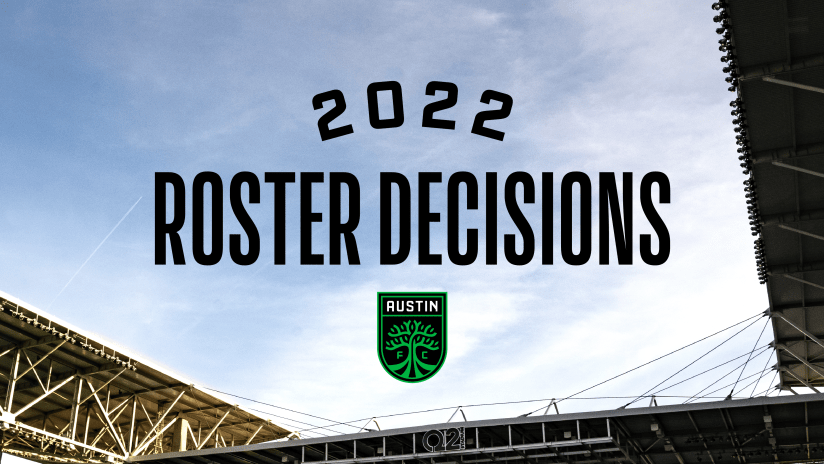Getting players ready for matchday physically is one of the most important tasks any club has to complete before going about winning games. Luckily, Austin FC is in good hands thanks to the Club’s Director of High Performance Dave Tenney.
Tenney formerly worked for Seattle Sounders FC and the NBA’s Orlando Magic, but joined Austin ahead of their expansion season and has gone about building the infrastructure to help ensure every Austin player is at the peak of their physical abilities when they take the field.
Speaking with AustinFC.com, Tenney emphasized that the first thing he did upon getting hired was making sure that he hired a staff that knew the ins-and-outs of the unpredictable MLS season.
“[MLS] is so unique in the way that you travel. The different types of facilities, the weather and surface changes throughout the league,” Tenney said. “Whether it’s playing in [Austin] where it’s going to be hot certain times of the year. Playing in Colorado where altitude is a factor. Playing in Seattle on artificial grass. There’s so many things like that, that if you have not been in that environment you don’t know the right way to respond.”
Two members of the team’s high performance department previously worked with Tenney in Seattle, while a third was part of Sporting Kansas City’s setup. Tenney himself was a part of the Sounders organization when they had their expansion season in 2009. He stayed there until 2017, when he departed for Orlando.
Running this type of department is a completely different animal for an expansion club, rather than one that has been around for awhile. For example, by the end of Tenney’s tenure in Seattle he had hundreds of data points to look at when reviewing Osvaldo Alonso’s postgame numbers.
The first thing the team had to do was set up the infrastructure to begin collecting the data that will help decision making. This includes GPS trackers, heart rate monitors and wellness questionnaires. While this seems like a disadvantage compared to clubs that have been around longer, that may not always be the case.
“When you go into an expansion team you don’t have the technology, you don’t have the structure, you don’t have the athletes, you don’t have the data. So you’re trying to build that structure, which has positives because there are some things in Seattle that we liked but that we probably would have tweaked, except we had so much data doing it a certain way that you didn’t want to make all that data useless. There’s an advantage of being able to start fresh with the latest technology and get good data from the latest technology.
“But then you also know that it’s going to be a process. The biggest mistake that people make in the sports science realm is that they try to make too many early decisions with too late data before they really know what’s meaningful and what’s not.”
With just seven matches worth of data so far, Tenney and his team still have a long way to go before they can truly get a grasp on some of the players’ physical capabilities. But there’s little doubt that the infrastructure and expertise that is in place will make that something that’s possible in the near future.




